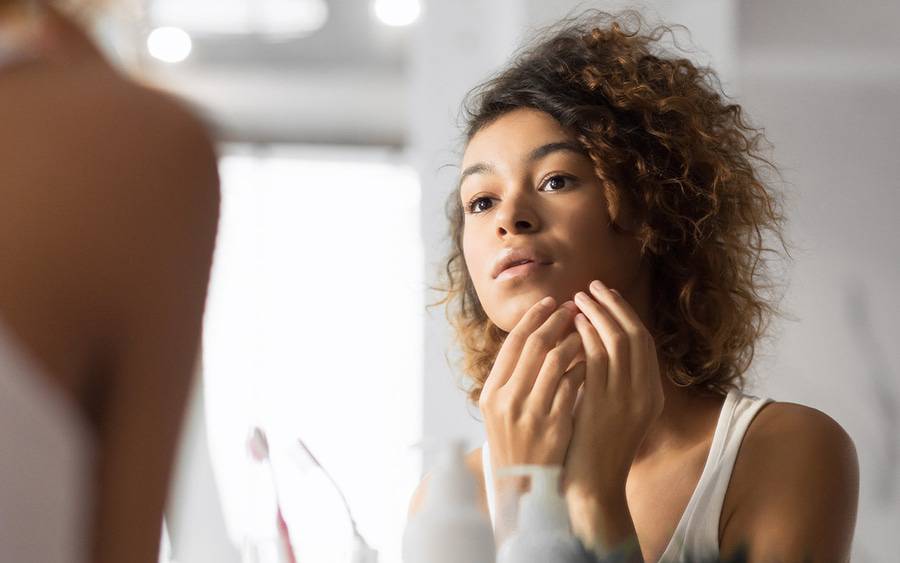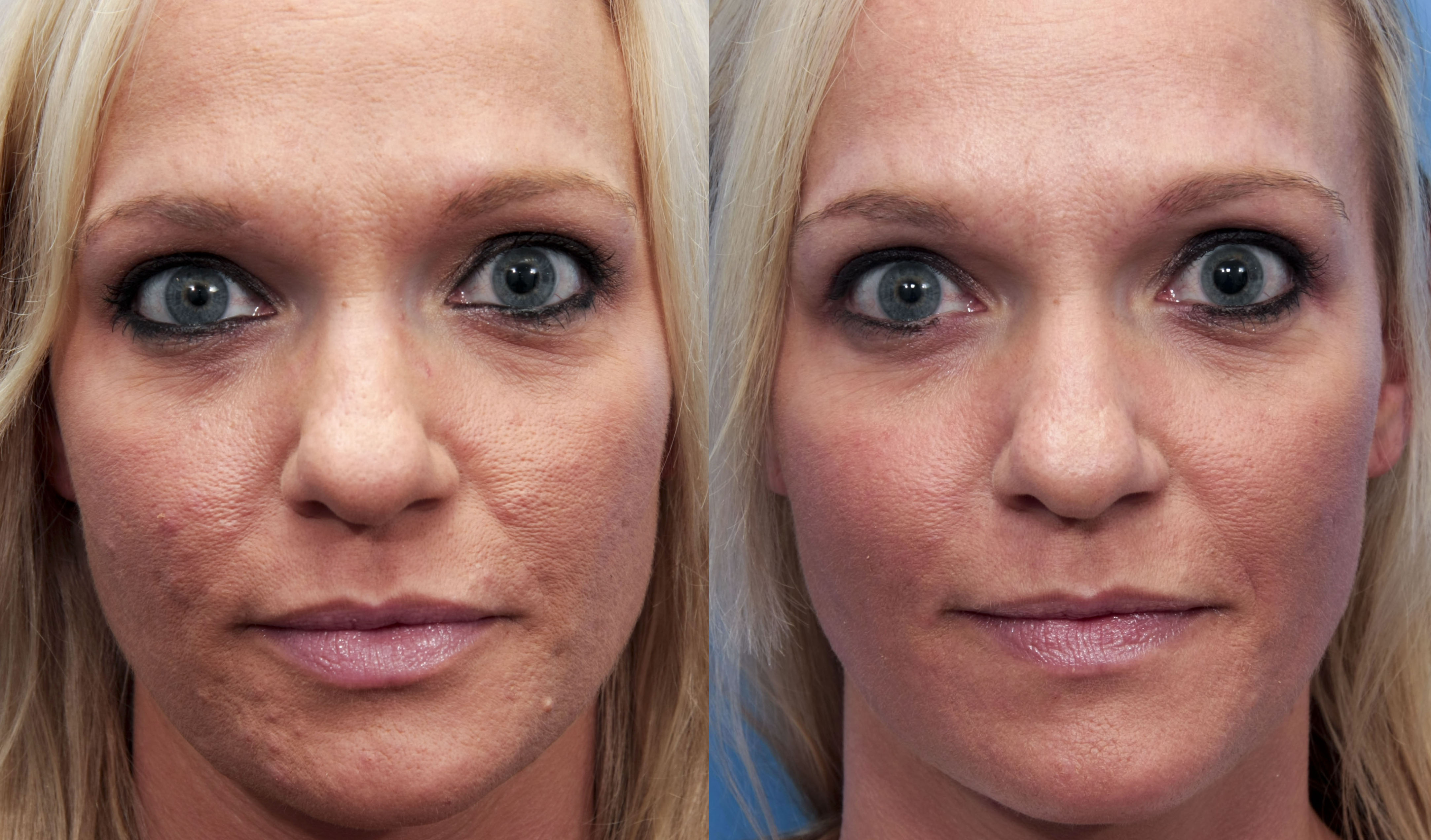Efficient Acne and Acne Scars Treatment: Clear Your Skin with Confidence
Efficient Acne and Acne Scars Treatment: Clear Your Skin with Confidence
Blog Article
A Comprehensive Guide to Taking Care Of Skin Problem: Concentrating On the Therapy of Acne Scars
Acne marks represent a significant worry for numerous people, frequently affecting self-confidence and general skin health. Comprehending the different types of acne scars, such as hypertrophic and atrophic, is crucial for effective management and therapy.
Recognizing Acne Marks
Understanding acne marks includes identifying the complicated interaction in between skin recovery and the inflammatory procedures that occur throughout acne outbreaks. Acne creates when hair follicles become blocked with oil, dead skin cells, and bacteria, resulting in inflammation. This inflammatory reaction is crucial for combating infection but can also lead to damage to the skin's tissue.
When the body attempts to recover itself, it produces collagen, a healthy protein essential for skin framework. The amount and top quality of this collagen can differ, leading to different kinds of marks. Factors influencing mark formation consist of the seriousness of the acne, individual skin type, genetics, and the body's healing response.
In addition, very early intervention in acne treatment can play a crucial function in stopping scarring. Timely monitoring of outbreaks minimizes swelling and cells damages, which are important consider scar development. Education on appropriate skincare and treatment options is important for individuals vulnerable to scarring. Ultimately, understanding the hidden systems of acne and its healing procedure is essential for reliable monitoring and avoidance of acne scars.
Types of Acne Scars
The intricacy of acne scars can be classified right into a number of unique types, each showing the underlying skin damages and recovery feedback. One of the most typical types include atrophic marks, hypertrophic marks, and keloids.
These marks can additionally be identified into icepick, boxcar, and rolling marks, each varying in form and depth. Icepick scars are deep and slim, resembling little punctures, while boxcar scars have a larger, a lot more angular look.
Hypertrophic scars, on the various other hand, are elevated and arise from an overproduction of collagen during recovery. These scars might vary in size and can occasionally fade with time yet may stay noticeable.
Keloids are an extra severe form of hypertrophic scarring, extending past the initial injury site and frequently calling for more aggressive treatment alternatives. Understanding these kinds is vital for establishing one of the most efficient treatment technique tailored to a person's particular scar kind and skin condition.
Topical Therapies

Topical treatments play an essential duty in managing acne scars, offering individuals a series of choices targeted at boosting skin appearance and look. These treatments largely concentrate on advertising skin regrowth, reducing pigmentation, and boosting general skin tone.
Among one of the most widely made use of topical agents is retinoids, which are derivatives of vitamin A. Retinoids promote collagen manufacturing and accelerate cell turn over, assisting to decrease the look of scars gradually. Additionally, alpha hydroxy acids (AHAs) and beta hydroxy acids (BHAs) can scrub the skin, removing dead skin cells and promoting a smoother surface.
One more efficient classification consists of topical antioxidants, such as vitamin C, which can help to lighten hyperpigmentation connected with acne scars while giving anti-inflammatory benefits. Silicone gels and sheets have been revealed to moisten and flatten scars, making them much less visible.
Hydroquinone is frequently used for its skin-lightening buildings, although it should be used meticulously due to possible negative effects. Finally, integrating moisturizers that include ingredients like hyaluronic acid can even more support skin healing and enhance appearance. For optimum results, it is recommended to seek advice from a skin specialist for individualized therapy suggestions.

Professional Treatment Alternatives
When it comes to resolving extra severe acne scars, patients often turn to specialist therapy alternatives that can supply more remarkable results than topical treatments alone. These treatments are normally administered by skin doctors or accredited practitioners and include different approaches customized to private skin kinds and mark intensity.
One of the most typical therapies is chemical peels, which use acids to advertise and scrub the skin regrowth. This technique can substantially lower the look of surface scars. Microneedling, another effective alternative, involves developing micro-injuries in the skin to promote collagen production, improving appearance and minimizing marks.
Laser therapy is likewise widely utilized, with fractional lasers especially targeting scarred regions while preserving bordering skin. This technique can produce exceptional improvements in skin look over numerous sessions. Additionally, dermal fillers are used to bring back quantity and ravel unequal skin surfaces, providing immediate, albeit short-lived, results.
Way Of Life and Home Remedies
Integrating lifestyle modifications and home treatments can play a considerable duty in taking care of acne marks, complementing professional treatments. Preserving his explanation a balanced diet abundant in antioxidants, minerals, and vitamins can promote skin healing - acne and acne scars treatment. Foods high in vitamin C, such as citrus fruits, and those consisting of zinc, like nuts and seeds, promote skin regeneration and help in reducing inflammation
Hydration is also crucial; alcohol consumption sufficient water keeps the skin hydrated, assisting in its natural fixing processes. Normal workout improves blood circulation, which can enhance nutrient delivery to the skin and improve overall complexion.
Along with nutritional adjustments, including topical natural home remedy can be useful. Natural ingredients such as aloe tea, honey, and vera tree oil have anti-inflammatory and anti-bacterial properties, which may help in reducing the appearance of scars. Scrubing the skin with mild scrubs can also advertise cell turnover, helping in the fading of scars gradually.
Moreover, developing a constant skin care routine that consists of sunlight security is important, as UV direct exposure can dim scars. By integrating these way of life adjustments and natural home remedy, people can improve their skin's recovery process and achieve an extra even skin tone.
Conclusion
Efficient administration of acne scars requires a detailed understanding of their kinds and the hidden devices included in scar development. A mix of topical treatments, specialist treatments, and way of life adjustments can dramatically boost skin healing and decrease mark visibility. Stressing the relevance of collagen production, a balanced diet plan, and a regular skin care routine contributes to boosted skin health. Inevitably, a multifaceted method makes sure optimum results in the therapy of acne marks, cultivating restored self-confidence in people affected by this condition.
Comprehending acne scars includes recognizing the complex interaction between skin recovery and the inflammatory processes that occur throughout acne episodes. Elements influencing scar development include the extent of the acne, private skin type, genetics, and the body's recovery action.
These marks can further be identified into icepick, boxcar, and rolling scars, each differing in form and read review depth. Icepick this post scars are slim and deep, looking like small slits, while boxcar scars have a wider, extra angular appearance (skin rejuvenation treatments).Effective monitoring of acne marks necessitates a comprehensive understanding of their types and the underlying devices involved in scar development
Report this page